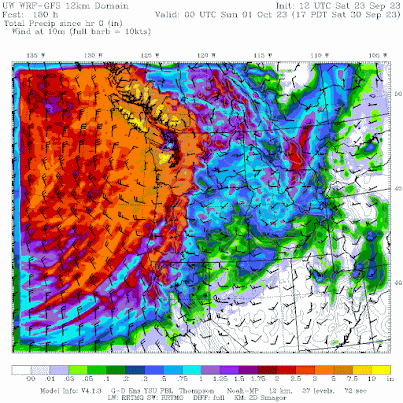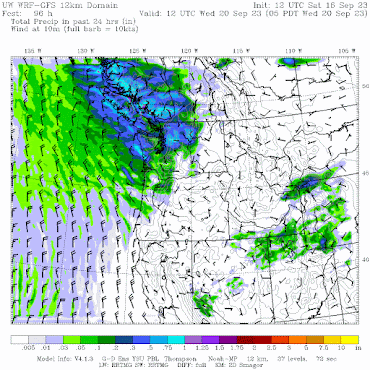There has been a lot of speculative talk about the implications of El Nino for our winter, with some claiming a certainty of drought and other afflictions.
So let's try to determine reality from hype.
Let me begin by noting that the latest forecasts are for at least a moderate El Nino this winter: GUARANTEED!
Looking at many El Nino model predictions, all have temperatures at least 1°C above normal in the tropical Pacific. Some more than 2°C above normal. (see forecasts below for the sea surface temperature anomaly from normal for the Nino 3.4 area). Folks...this is about as certain as these things get.
With a certain El Nino in store, let's find the implications of El Ninos on our weather (and the rest of the U.S.), by averaging (or compositing) the NOAA Climate Division Data for major El Ninos of the past 40 years.
An important insight is that the connection between El Nino and our weather depends on the season.
For autumn the effects are more subdued. Here are the differences from normal of autumn (Oct-ber-December) temperatures during El Nino years. Modestly warmer than normal (by 0.5 to 1°F) over western Oregon and Washington, and about half that over eastern Washington. Colder than normal over much of the rest of the country
To make doubly sure you aren't too worried about autumn drought from El Nino, here is the average Palmer Drought Severity Index (PDSI) for El Nino autumns. NO signal over the Northwest.
What about after January 1? The El Nino signal generally strengthens then.
Here is the temperature difference (anomaly) from normal for January to March. A very clear warm signal over the Northwest, which generally decreases snowfall.


























.png)
















.png)


.png)










